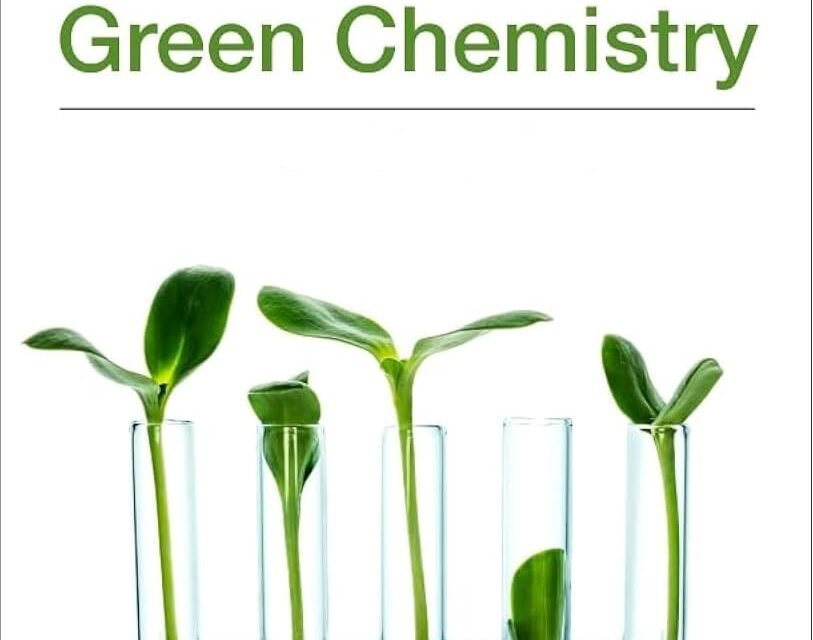The year 2024 is shaping up to be a pivotal year for green chemistry as industries, governments, and researchers make significant strides toward sustainable chemical processes and products. Green chemistry, which emphasizes the design of products and processes that minimize the use and generation of hazardous substances, is witnessing a surge in breakthroughs driven by technological advancements and global sustainability commitments.
One of the key drivers of this momentum is the increasing alignment of corporate and regulatory goals with sustainability frameworks like the UN’s Sustainable Development Goals (SDGs) and the Paris Agreement. Companies are integrating green chemistry principles into their supply chains, reducing reliance on fossil fuels and transitioning to bio-based feedstocks. Innovations in catalysis are enabling more efficient chemical reactions with less energy consumption, while new solvents and reaction conditions are emerging to replace toxic and hazardous substances.
In 2024, the focus has also shifted to the development of circular chemical processes, where waste materials are converted back into valuable raw materials. Breakthroughs in chemical recycling technologies, particularly for plastics and other polymers, are gaining traction. For example, advanced pyrolysis and enzymatic recycling methods are being scaled up, promising a significant reduction in landfill waste and environmental pollution.
Renewable energy integration into chemical manufacturing is another transformative trend. Electrochemical synthesis, powered by renewable energy sources like solar and wind, is becoming a viable alternative for producing essential chemicals. This approach not only reduces greenhouse gas emissions but also enhances the decentralization of chemical production, enabling smaller, localized plants.
Moreover, 2024 has seen the rapid adoption of artificial intelligence and machine learning in green chemistry research. These technologies are accelerating the discovery of new materials and reaction pathways, optimizing processes for sustainability without compromising performance or cost-effectiveness. Researchers are now able to simulate complex reactions and predict outcomes, significantly reducing the time and resources required for experimental trials.
Public and private investment in green chemistry has reached unprecedented levels this year. Governments are offering incentives and grants for research in sustainable chemistry, while venture capital funding for startups specializing in green technologies has surged. These financial commitments are catalyzing the commercialization of lab-scale innovations, bringing them closer to widespread application.
As consumer awareness grows, green chemistry is also becoming a cornerstone of corporate branding. Companies are prioritizing eco-friendly products, from biodegradable plastics to sustainable pharmaceuticals, meeting consumer demands for environmentally responsible goods. This shift not only supports ecological goals but also drives economic growth in emerging green markets.
In summary, 2024 marks a turning point for green chemistry, characterized by technological breakthroughs, increased investments, and global collaborations. These developments underscore the potential of green chemistry to redefine the chemical industry, contributing to a more sustainable and resilient future. The progress made this year lays a solid foundation for continued innovation, ensuring that the vision of a greener chemical industry becomes a reality.

















